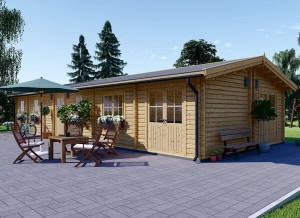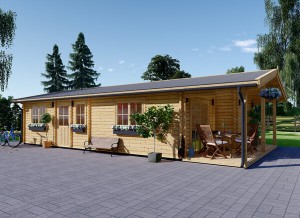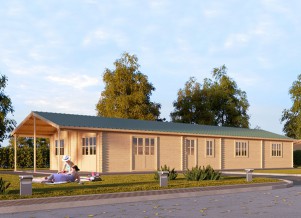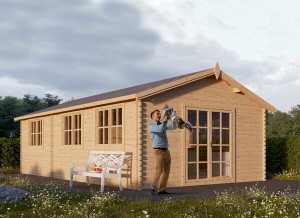Are you looking for something interesting to improve the look of your mobile home exterior? You may think you are limited to painting or general landscaping for the yard, but there are more options than you think. One is to grow some climbing plants to help give your mobile home a more woodsy, cottage like appearance.

If that seems like an idea you could get behind, there are some things you should know about growing climbing plants of different types on the outside of your mobile home.
Mobile Homes and Flora
Mobile homes (click here) will often get shortchanged when it comes to exterior decoration. People wrongly assume that they have less power to change the overall look and so focus more on the interior, where decor is easier to customize. Those who do look to boost the appearance of the outside will usually opt for function, adding something like a porch extension. Which is also a great idea, but not the only one you can go for.
Planting flora of different types is a awesome for making your mobile home look beautiful and unique. For ground flora there are many shrubs and flowering bushes that are low maintenance and easy to keep up with.
For something more interesting, climbing plants are the way to go. They creep up the side of your house, covering siding or growing around porch posts. Here are some pros and cons to consider before growing your own:
Cons
- Ivy can penetrate various surfaces. Wood, siding and stucco can be very prone to penetration by climbing ivy. Because ivy grows so strong it will breath through and make its way into the cor of the walls, which will damage the structure of the mobile home itself. Unless you have some very solid house siding you will want to avoid that particular plant.
- Climbing plants can get into gutters and potentially break through the piping. You will want to be careful of where it is you plant it and start the trend, then monitor where it is growing, inch by inch. You may have to reroute the vine.
- Climbing plants have to be groomed and trained to grow upward, they don’t do it themselves. So there is a fair amount of work involved in the initial process until it takes to the growth direction.
- These vines require water and trimming so you will have to get up to where they are in order to grow them. If you are not capable of easily climbing a ladder, or have the ability to hire someone who is, it might not be a good choice for you.
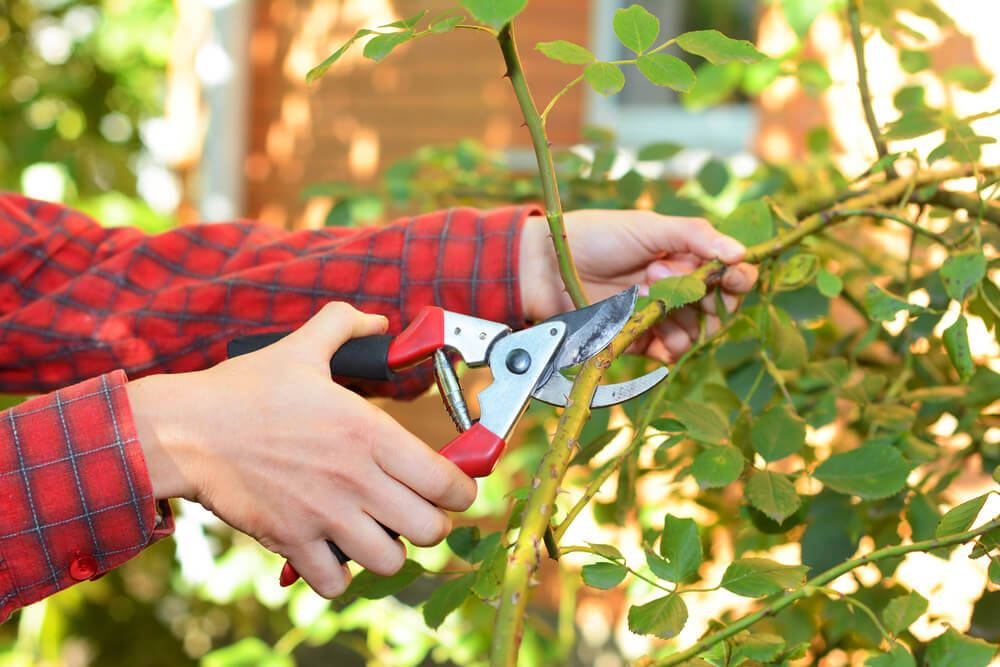
Pros
- Many climbing plants only need to be seriously maintained once a year. Otherwise they can be watered and trimmed a bit, but left alone to grow once you have the direction trained. Others only have to be maintained once a month.
- Getting past the location growth stage means a much easier time taking care of climbing plants.
- You can avoid penetration or overgrowth/crowding by putting up a frame and having the plants grow on those. You will find these at any gardening or hardware store and they match any style you can imagine.
- Not all climbing plants need a lot of sunlight. In fact, ivy can grow in shade and requires little more than water and time to spread.
- Climbing plants act as insulation to your mobile home. They cover the surface of walls and windows, helping to trap in the hot or cold air during different seasons. With how drafty mobile homes can be, this is great for your energy bill and family’s comfort level.
- There are some very beautiful climbing plants, including flowered ones, that you can choose from. From simpler looking versions like ivy to flowered vines like roses.
Types of Climbing Plants
Now that you know whether or not you want a climbing plant on your mobile home, which one should you choose? There are quite a few types. Some popular ones include:
- Ivy - The most common climbing plant, ivy is also one of the thickest and fastest growing of all climbing plants. They require very little to spread, growing in dark places even better than in the light. So you don’t have to coax it to do anything, except to initially move upward when they are first growing.
- Climbing Roses - Covered in gorgeous rose blooms, climbing roses give you something a little extra on your vine. The negative is that they grow thorns, just as a regular rose bush would. That could be a serious problem for some people. But there is no denying how good it looks.
- Clematis - This self anchoring plant will attach itself to just about anything, making it an easier choice for a frame that is stubbornly refusing to hold other plants, like climbing roses. It also comes with pretty blooms of various colors, the most common being the purple variety. They do require more work than many others, with monthly maintenance to make sure the vines don’t crowd in on themselves.
- Bougainvillea - Want something that will last longer into the cold season? These tightly grown flower clusters are frost resistant, so won’t die off until the snow has really begun to fall in earnest. They are strong and sweet smelling, grow in large clusters and are lovely to look at. The blooms come in thick, so you should expect a large number of blooms if you go with this climbing plant.

- Virginia Creeper - Probably the second lowest maintenance option after ivy, virginia creepers are a thick foliage style of climbing plant with a few blossoms here and there. It insulates well, is very hardy and lasts well into the Fall. You can push it back with simple trimming, so there is no worry that it will grow out of control. Best of all, it will grow in almost any climate so it isn’t as regional as its name may suggest. Just make sure you reinforce the frame so it doesn’t break through when it gets heavy.
With these options available, you can make your mobile home as beautiful as you have always dreamed.

